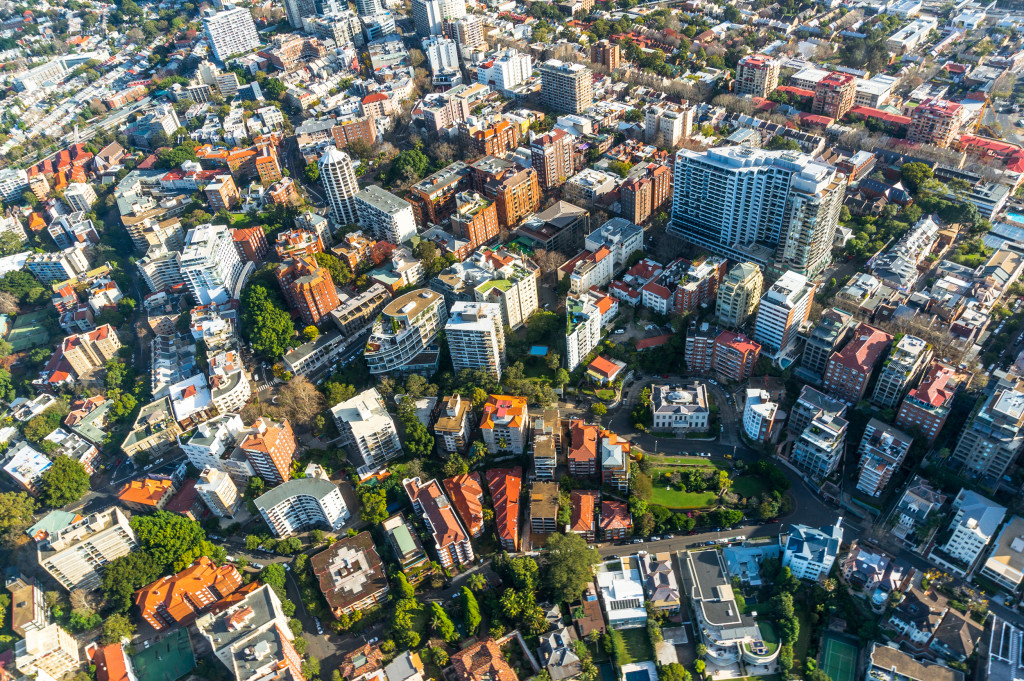The COVID-19 pandemic upended every aspect of life. While, for most of 2020, Australia escaped the wrath of SARS-CoV-2, the nation still went through several strict lockdowns — one of the most restrictive in the world. Although the lockdowns were short, they had an influence on people’s activities and preferences.
At home is where a lot of impacts of the pandemic will likely persist. The United States, which is one of the worst-hit countries by COVID-19, is experiencing a renovation boom as homeowners notice flaws in their homes. People are spending more time indoors because of the pandemic. Naturally, they want a few things changed. And, it will have a hand on what people will want and need from a house post-pandemic.
Peaceful and Walkable Neighbourhoods
Australians across all age groups want to live in neighbourhoods where they can have space for outdoor leisure. The pandemic has only highlighted the importance of accessible amenity centres. When the pandemic hit the nation, lockdowns were imposed, and movement across borders was restricted.
For a lot of Australians, the lockdowns have been very stressful. In a survey conducted by the Australian Bureau of Statistics, almost a third of all people in Victoria reported experiencing symptoms associated with anxiety and depression. The survey was conducted after the extended lockdown in the state. Once the lockdown was lifted, the mental health of residents improved, but only to levels prior to lockdowns, not levels before the pandemic.
People need green spaces now more than ever. Previous studies have found that spending time in nature reduces stress and boosts overall mood.
Post-pandemic, suburbs and regional towns will be more popular, especially for young people. The past year has already seen young adults moving out of major cities. Aside from the more affordable house and land package deals, living in suburbs and regional towns provides more spaces for households to move around. They can jog or sit in a public park, shop at a farmer’s market, and get to know their neighbours.

Multi-purpose Homes
The past year has also seen populations adopt a work-from-home setup. If, in the past, the concept of remote work was only for freelancers or trendy startups. In the past year, it finally became mainstream. While Australia had long periods of relative normalcy, people realised the need for an adaptable home.
A home is a place for rest and relaxation. However, it should also be suited for other activities such as working and learning, exercise, play, and other forms of entertainment and care.
Some young adults found themselves relocating and living with ageing parents. The safety of elderly care residences has been questioned when these facilities became hotbeds for the spread of COVID-19.
In case they find themselves having to welcome ageing parents or young children, people want their homes to have adequate space for extended family. The house should also be suited for home-based elderly care.
A Roof Over One’s Head
The most pressing issue that Australians have been facing right now in terms of housing is security.
The past year has only emphasised the challenges of homeownership across the country during the lockdowns. In June 2020, 835,000 jobs had disappeared since a pandemic was declared. The unemployment rate at the time jumped to 7.1 percent.
Housing was a source of stress, especially for those who lost their source of income during the pandemic. While a rental moratorium was passed, a survey by researchers from the University of Adelaide found that almost half of all renters saw their mental health decline during COVID-19.
Government interventions such as rental and mortgage moratorium, JobSeeker, JobKeeper, and Victorian Rental Relief Grant have been helpful for Australians who have struggled during the pandemic. It helped thousands of Australians who are on the verge of homelessness. However, many see housing insecurity as a problem after COVID-19.
While 60 percent of Australians own their homes, the rate of homeownership among people under the age of 40 is declining. It is part of a trend called inter-generational inequality and, because of the pandemic, the gap has never been obvious.
Building more housing units is not enough to solve the problem. The cost of owning is rising to levels that are unachievable for many households. The pandemic housing boom did not help. More needs to be done to ensure that more people will have a roof over their heads.
The impact of the pandemic is reflected in what people want from the housing. Some of these housing aspirations have been observed before COVID-19 and will likely be around after it.

